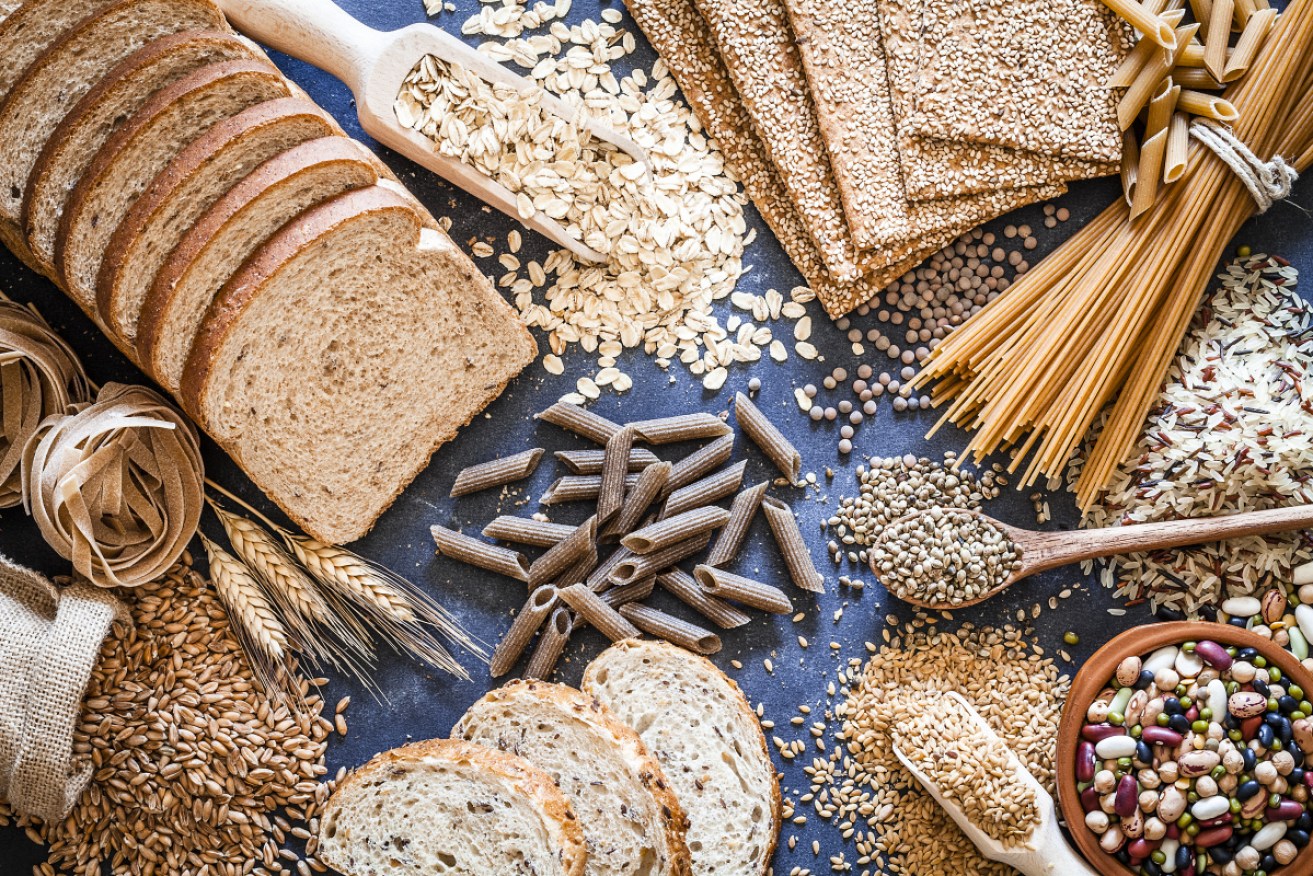‘Don’t be afraid of carbs’: Experts pinpoint cause of weight regain


An 11.6 per cent increase in the cost of bread has been influenced by the war in Ukraine. Photo: Getty
Yo-yo dieters, listen up: A small, simple dietary change could be the secret to keeping off those pesky extra kilograms.
A new study has found that consuming low glycemic index (GI) versions of your favourite foods will likely decrease your risk of weight regain following weight loss.
Those who suffer ‘weight gain creep’, which sees their waistbands slowly inch out again following weight loss, can possibly blame the high GI foods in their diet.
More than 2000 people who were classified as overweight or obese, and were at risk of diabetes, participated in the five-year, international weight-loss study called PREVIEW.
Participants rapidly shed their extra kilograms by consuming meal replacement shakes, and then followed different eating plans to monitor weight regain.
On average, participants who maintained a high-GI diet put on half a kilogram more per year than those who followed a low-GI diet.
GI pioneer, author and University of Sydney Professor Jennie Brand-Miller said this study was groundbreaking because researchers didn’t expect to see such long-term results.
“What we didn’t know already is that this advice would be working three years later, that it would apply to a great number of people – thousands of people were in the study,” Professor Brand-Miller told The New Daily.
“[The results] are very clear. [Participants] regained less weight over time, and they also … were maintaining lower blood glucose levels.”
In short: Those of us looking to keep our trim, new figures don’t have to work too hard and can still indulge in many of our favourite carbs.
Carbs are not the enemy
Kate Obermeyer’s husband, Ben, was a participant in the PREVIEW study. She decided the whole family would follow the diet alongside him.

The Obermeyer family. Photo: Kate Obermeyer
The Sydney-based family said they noticed the benefits, adding that the study illuminated some unsuspecting poor diet choices.
“I didn’t realise that many of the foods we ate were low fibre and high-GI – both of which can contribute to weight gain and pre-diabetes,” Ms Obermeyer said.
“My husband had a family history of diabetes, and I have a family history of heart disease. Though Ben was the study participant, we all followed the eating plan.”
Like other participants, the Obermeyers were able to avoid weight gain after their initial diet period was over.

The Obermeyer family. Photo: Kate Obermeyer
Professor Brand-Miller said Australian farmers and supermarkets are “ahead of the crowd” in producing low-GI options to traditionally high-GI foods.
“Don’t be afraid of carbs – that doesn’t mean you need to go overboard, no extremes,” she said.
“Breads, breakfast cereals, rice and pasta are carbohydrate foods and little, simple swaps can make a difference.”
Professor Brand-Miller has championed the Glycemic Index Foundation’s ‘Swap It Tool‘, which allows users to find easy alternatives to high-GI foods.
She believes the more knowledge consumers have about GI and nutrition, the better they can protect themselves from obesity and diabetes.
More than one million Australians are currently living with diabetes, and a further two million are at high risk of developing it.
The World Health Organisation has warned that diseases like diabetes are on the incline on a global scale, and are urging governments to take action.
In 2019 alone, it is estimated that 1.5 million deaths were caused by diabetes.








